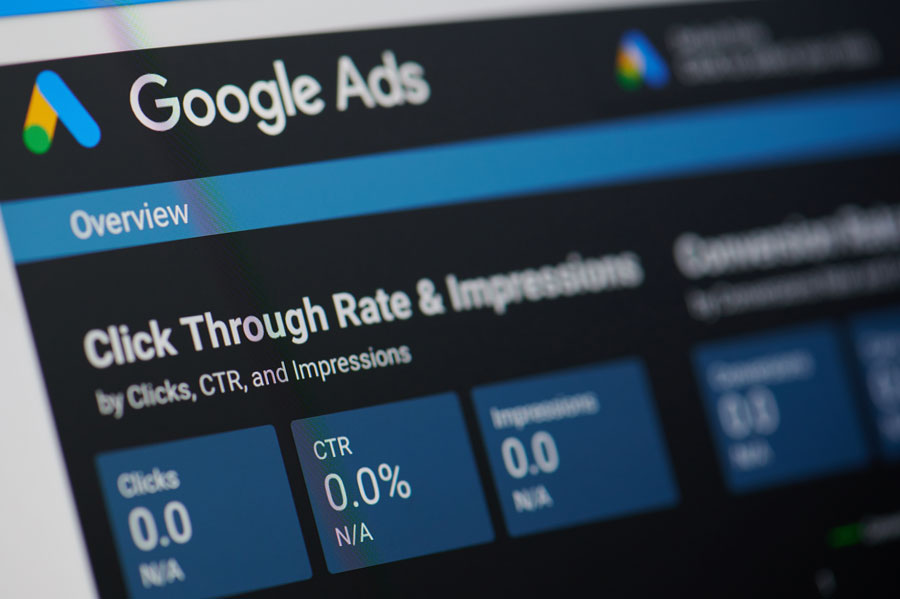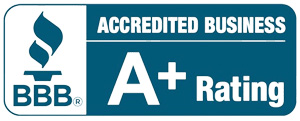
WEST PALM BEACH, FL – As of October 28, 2025, Google’s “Dishonest Pricing” policy under its Misrepresentation guidelines comes into full effect for automotive dealers placing ads through Google platforms. Under the updated policy, any advertisement (including vehicle listing ads and dynamic search campaigns) that references a price or payment must reflect what the buyer will actually pay – inclusive of all required fees, mandatory add-ons and accurate payment terms.
Key elements include:
- The advertised price must equal the out-the-door cost shown on the landing page (excluding only variable taxes, registration fees).
- Fees that are required by the dealer (e.g., document/prep, installed add-ons) cannot be excluded from the advertised amount or hidden behind fine print.
- Landing pages must match the ad in price and terms. Any discrepancy, even a small difference, may trigger a policy violation or ad disapproval.
- Use of terms like “free” are permitted only when no payment, obligation or hidden cost exists.
Why It Matters for Dealers
- These changes reflect a broader push toward advertising transparency in the automotive retail space – aligning with regulatory clamp-downs on hidden fees and “bait” pricing tactics.
- For dealers, failure to align ad creative, inventory feeds, and site pricing creates real risk: from ad disapprovals to potential account suspension under Google’s policy enforcement.
- For consumers, more accurate upfront pricing promises fewer surprises and easier comparisons across listings.
Action Steps for Dealers
- Audit ad copy and inventory feeds: Ensure any ad-price reflects the full cost a buyer will face (mandatory add-ons included).
- Sync landing pages: Price, VIN, terms shown in the ad must appear immediately (no hidden scrolls or clicks required).
- Train teams and review workflows: Marketing, website inventory feeds, finance/F&I teams must align so that ad-to-deal process is consistent.
- Track policy updates: Platforms like Google may refine these policies further; monitor notifications and your account status regularly.
What This Means for Marketers & SEO Specialists
For SEM/paid search campaigns, transparency now affects not just bidding strategy but creative compliance. Keywords around vehicle models and pricing offers may gain less “hook” power when customers see the full out-the-door cost upfront – meaning ad messaging and landing experience need fresh tailoring.
From an SEO perspective, this change emphasises the importance of landing-page clarity and user trust. A dealer site with consistent, clearly disclosed pricing may gain indirect benefits in conversion and retention.

Key Facts & Details
| Item | Detail |
|---|---|
| Effective date | Oct 28, 2025 |
| Scope | Dealer ads for vehicles via Google Ads/VLAs/dynamic feeds |
| Main requirement | Advertised price must equal actual buyer cost (excluding variable tax & registration) |
| Prohibited practices | Hidden fees, undisclosed required add-ons, inconsistent landing-page pricing |
| Enforcement risk | Ad disapproval, account suspension, loss of traffic |
| Business impact | Greater alignment needed between ad-creative, web inventory feeds & in-store process |










